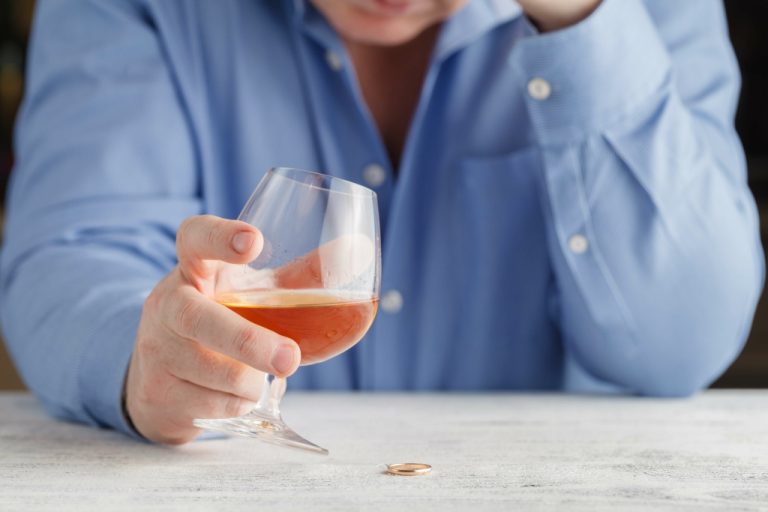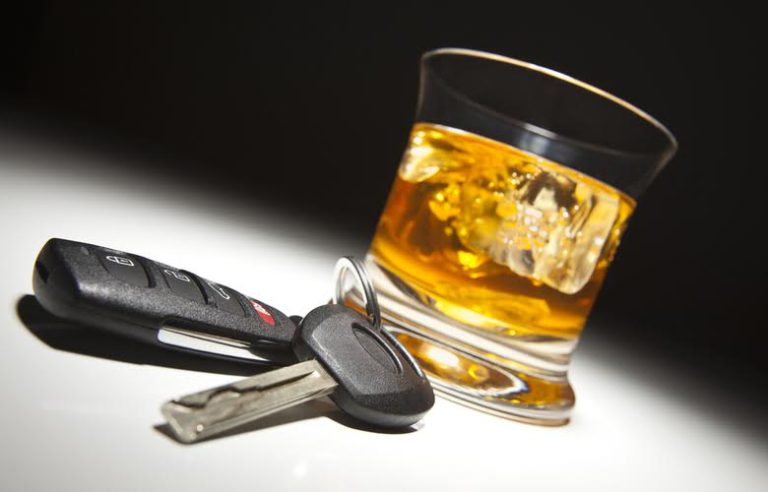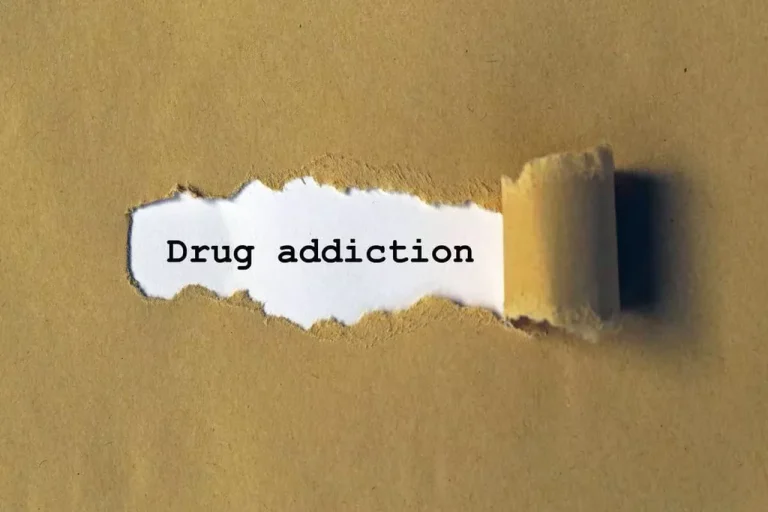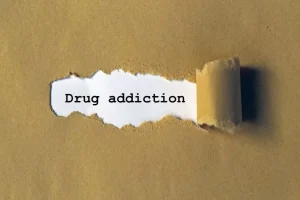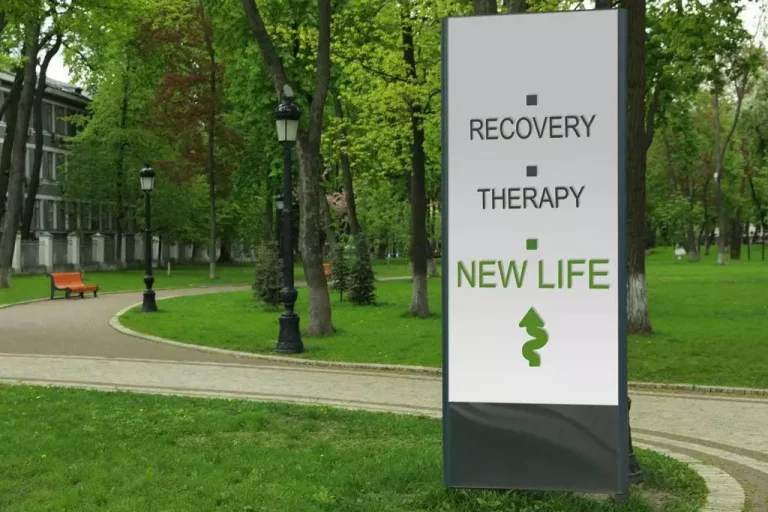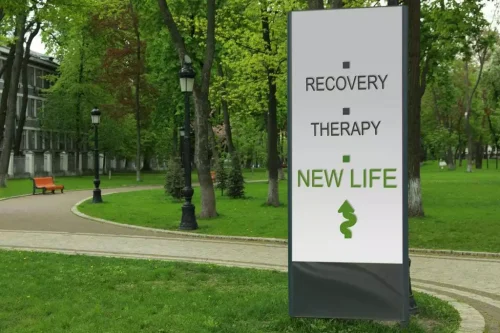Pink clouding feels like a powerful emotional high filled with excitement, hope, and relief. People often describe feeling reborn or like they’ve found a new purpose. Everyday tasks may seem easier, and the future appears full of promise. During this phase, simple activities become sources of joy and inspiration. A morning cup of coffee might taste better than ever, while a walk in the park could feel like a profound connection with nature. This refreshed perspective often drives individuals to embrace healthy lifestyle changes with enthusiasm.
By being aware that what you are experiencing is a normal part of recovery, you can avoid potential setbacks or relapse. It’s important to recognize that while the ‘Pink Cloud’ phase is temporary, the positive feelings and habits formed during this time can have a lasting impact on the journey to recovery. By harnessing the ‘Pink Cloud’ energy and motivation, individuals can establish self-care routines and healthy habits crucial for long-term sobriety.
Symptoms of Pink Cloud Syndrome
Instead, focus on one or two changes you really want to make, and let go of what you think you should do. There will be plenty of time to tackle other self-improvement projects in the future. You may even wonder what’s the point when it comes to your sobriety, which can make it easier to fall back on old habits.
- Just because you’re alcohol free and on this journey to become more present in your life, doesn’t mean that you’re not going to have hard days and overwhelming emotions.
- Moving beyond the Pink Cloud phase can be challenging, but with the right strategies, you can create a balanced, sustainable approach to recovery.
- You can work with a therapist who specializes in addiction treatment, or follow a different treatment plan while also working with a therapist to address other challenges in your life.
- So, what exactly did I find within that pink cloud, and what am I now clutching close, like precious stones unearthed?
Personalized Virtual Mental Health Services at Your Fingertips
The “pink cloud” is a unique and significant phase in the journey toward sobriety. It’s a special time of hope and optimism that can provide a powerful boost in the early stages of recovery. As the pink cloud fades, individuals often encounter the deeper challenges of long-term recovery. This stage can involve more complex emotions, such as sadness, anxiety, or feelings of vulnerability.
What is Pink Clouding in Addiction Recovery? The Euphoria and Its Risks
Individual anecdotes reveal that some people in recovery relish this phase as a time of heightened positivity and connection with others on similar journeys. These stages are Brahmacharya (student), Grihastha (householder), Vanaprastha (forest dweller or hermit), and Sannyasa (ascetic or renunciant). This stage centers on family life, worldly duties, and contributing to society.
Experiencing the Pink Cloud
Thinking about long-term recovery can be overwhelming and it can make certain things feel unrealistic or unattainable. Taking things one day at a time can help you focus on what is happening now, and work on taking care of yourself in the moment and healing. This pink cloud, or honeymoon stage of the relationship does not last forever and the person will soon recognize that this stage is not the reality of the relationship. When it comes to trauma like experiencing assault or abuse, it can be very difficult to process your feelings and experiences.
Others may experience pink cloud syndrome a few weeks after completing detox. These strategies help you manage your descent from the Pink Cloud and keep you on track to living your goal of staying sober. Sooner or later the “honeymoon phase” of your pink cloud: the euphoria of fresh sobriety recovery ends and you have to accept the fact that you’re in this for the long haul. Typically, the feeling is more prevalent in AUD patients, but it’s also commonplace in SUD recovery as well.
- Alcohol addiction can be difficult and potentially dangerous to recover from on your own.
- When the pink cloud fades, having a very structured plan in place can make the transition a whole lot smoother.
- Pink clouding can lead to relapse if the emotional high causes someone to ignore the work required in recovery.
- While the pure euphoric nature of my pink cloud has gently receded, there are profound saving graces.
- Pink clouding is also sometimes referred to as the honeymoon period of sobriety.
How to Recognize Pink Cloud Syndrome
Other signs of pink cloud syndrome are having feelings of extreme joy and euphoria most of the time. You can clearly see all the wonderful things that lie ahead of you, and you look forward to each day with hope and enthusiasm. As individuals transition out of the pink cloud stage, they must reintegrate into daily life responsibilities.
The relief and joy of the Pink Cloud can mask underlying issues that still need addressing. Healthline suggests harnessing the power of the Pink Cloud phase to use in later recovery. For example, journaling about the amazing highs of sobriety can give a person in recovery something inspiring to read when they go through challenging times later.
Working with a therapist can provide you with the necessary tools to address any underlying challenges and maintain your sobriety. Additionally, connecting with others who are going through a similar process can provide valuable insight and support. Look for local support groups or online communities where you can share your experiences and learn from others. If you’ve recently started your recovery process and are feeling exceptionally great, there’s a good chance you’re experiencing pink clouding. This phase often occurs after individuals have gone through the challenging withdrawal process, which involves significant physical and emotional distress.
The pink cloud phase often brings a surge of confidence that can inadvertently become a stumbling block in recovery. The pink cloud phase brings an extraordinary sense of optimism about life’s possibilities. Many individuals in early recovery discover a renewed appreciation for daily experiences, viewing their surroundings through rose-tinted glasses. This heightened sense of hopefulness creates a powerful catalyst for positive change.
It began subtly, with an undeniable urge to reconnect with a spiritual path I had long abandoned. The boundless energy from the pink cloud wasn’t just about doing more; it was about being more, about aligning with something infinitely larger than myself. This wasn’t the kind of spiritual quest born from desperation, as my first one had been. This was born from relief, from the sheer, unadulterated joy of shedding a 25-year burden. It was as if sobriety had cleared the static from the airwaves, allowing a clearer signal to come through. Relapse prevention can help a person plan for the challenges that can come after the pink cloud has worn off.
A pink cloud, also known as pink cloud syndrome, is a term used to describe the emotional state of high optimism, elation, and energy experienced by individuals during. The ‘Pink Cloud’ phase in alcohol recovery is characterized by an intense feeling of well-being and euphoria that newly sober individuals often experience. While it can be a motivating factor in the early stages of recovery, it is essential to develop strategies to maintain long-term sobriety, as this phase is temporary. It’s important to understand that this phase is not a setback but instead is a normal part of the recovery journey. This initial stage is best known for its intense feelings of excitement and relief.
